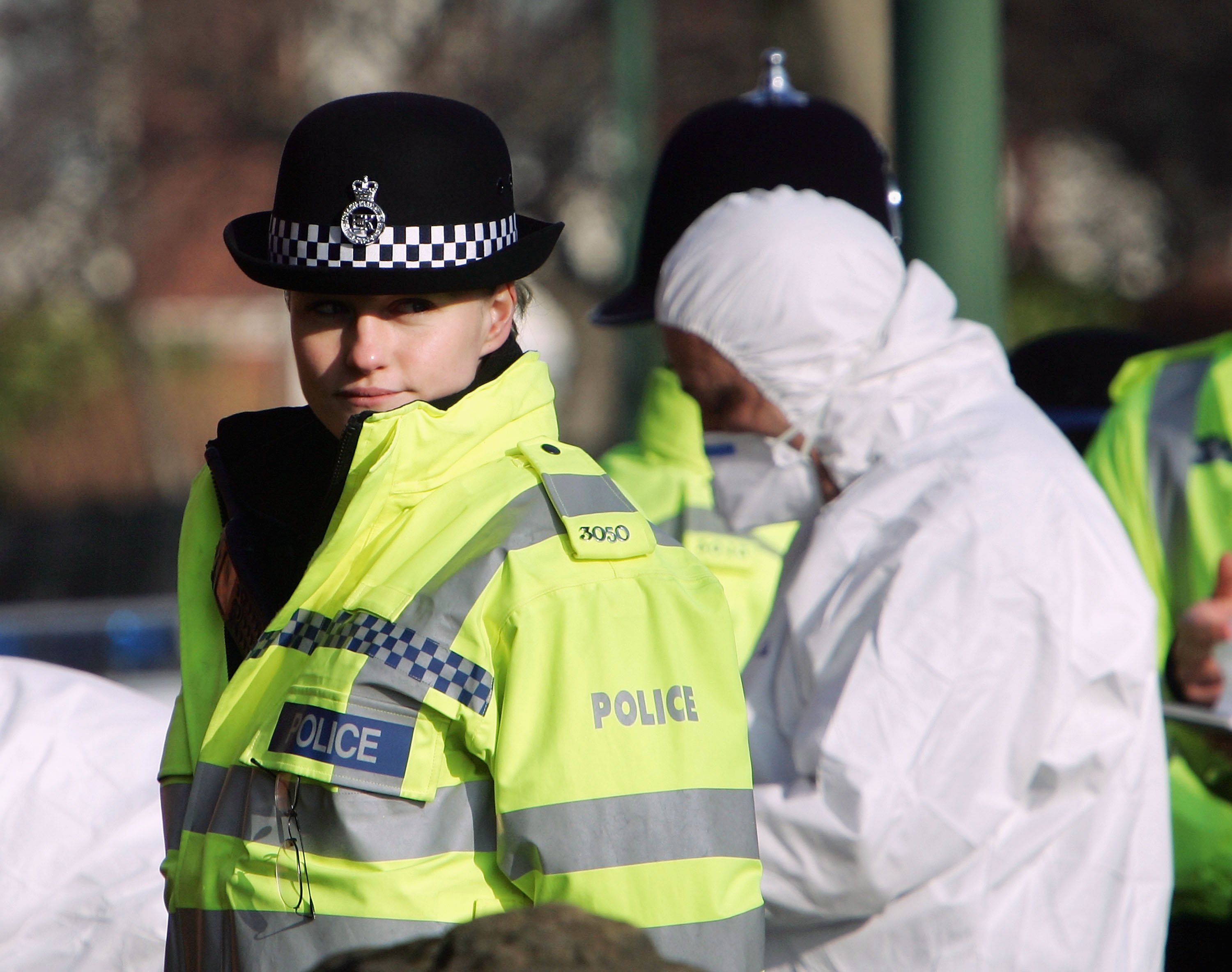Jeremy Corbyn has accused Theresa May of “protecting the public on the cheap”.
He said in a speech today that “the police and security services must get the resources they need – not 20,000 police cuts”.
So what is the Tories’ record on cuts to police numbers? Are there really 20,000 fewer bobbies on the beat since the Tories took office? And what does that mean for security?
Cuts in police numbers
In March 2010, the total number of police officers in England and Wales was 143,734. By March 2016, that figure had fallen to 124,066 (government data source here).
So Jeremy Corbyn is right that officer numbers have fallen by around 20,000 since the Tories took office.
For the avoidance of doubt, those are all police officers – the figure does not include cuts to civilian staff. And when we break those numbers down by rank we see that of the 20,000 officers cut, over 13,000 were constables, and around 4,000 were sergeants.
Of course the total number of junior officers is much larger, and proportionate to their starting size, it’s actually senior ranks who have taken the biggest hit. Around a quarter of superintendents have been cut since 2010.
But it’s still a 12 per cent fall in constable numbers, and an 18 per cent drop in sergeants.
The Home Office were keen to remind us that the number of police on the streets is for local Police and Crime Commissioners to decide. But as we pointed out in a FactCheck last month, central government funding for the police has been cut under the Tories. This has correlated with a fall in the number of non-armed officers.
(You might also be interested in our FactCheck on the number of armed police, which shows they’ve also fallen under the Tories).

What about cuts to the front line?
We should bear in mind that not all police officers are on the front line.
In fact, we called David Cameron out on this in 2011 (remember him?), when Tory cuts to police funding had just started to take effect. At the time, the Conservatives were using their newly-minted definitions of “front line” and “visible” policing to skew reports of how austerity would affect forces.
To avoid falling into that trap ourselves, we’ve tried to work out how many of the 20,000 officers cut since 2010 are actually bobbies on the beat, and how many are cuts to backroom officers.
We asked the Home Office and the Police Federation for statistics on this, but they weren’t able to give us the full picture.
We’ll update if they do, but in the meantime, here’s our best estimate of how many officers on the front line have been cut.
In 2011, the government asked Her Majesty’s Inspectorate of Constabularies (HMIC) to come up with a definition of front line policing. You can see the full report here. It concluded that the definition of front line officers should include nearly all police in “visible” roles (like 999 responders and community officers) and “middle office” positions (like CID and specialist investigators).
Unfortunately, the government and HMIC only started collecting data on the number of front line officers from 2013, so we can’t look at the Tories’ entire record in government.
But what we do know is that according to HMIC value for money data, the number of operational front line police officers fell from 114,324 in 2013 to 111,630 in 2015-16.
This is a decrease of 2,694 front line police officers in three years.
We know that cuts across the police force in all roles were sharpest in the first few years of Tory government. It’s possible that the decline in front line officers was even more marked between 2010 and 2013, but we don’t have enough reliable data to say conclusively either way.

Would any of the three main parties return police numbers to their 2010 levels?
With the events of recent weeks, police funding has become one of the defining issues of this election.
Labour have pledged to “recruit an additional 10,000 police officers to work on community beats”, which they estimate will cost £300 million. This is the biggest increase in officer numbers offered by any of the three parties, although it will only replace half of the officers cut under the Tories.
The Lib Dem manifesto matches Labour’s funding pledge of £300 million a year to local police forces, but doesn’t specify how many officers that will translate into.
The Conservative manifesto doesn’t mention any additional funding or an increase in police officers. It talks about “strengthening the police and security services”.
FactCheck verdict
Jeremy Corbyn is right that the Tories have presided over a fall in police officer numbers of 20,000 since 2010. It’s not clear how many of those are on the front line.
Labour and the Lib Dems have both pledged £300 million a year to help reverse funding cuts to police budgets. Labour have also promised 10,000 more front line officers, although this would only replace half of the officers cut under the Tories. The Tories haven’t mentioned any specifics in their manifesto.



